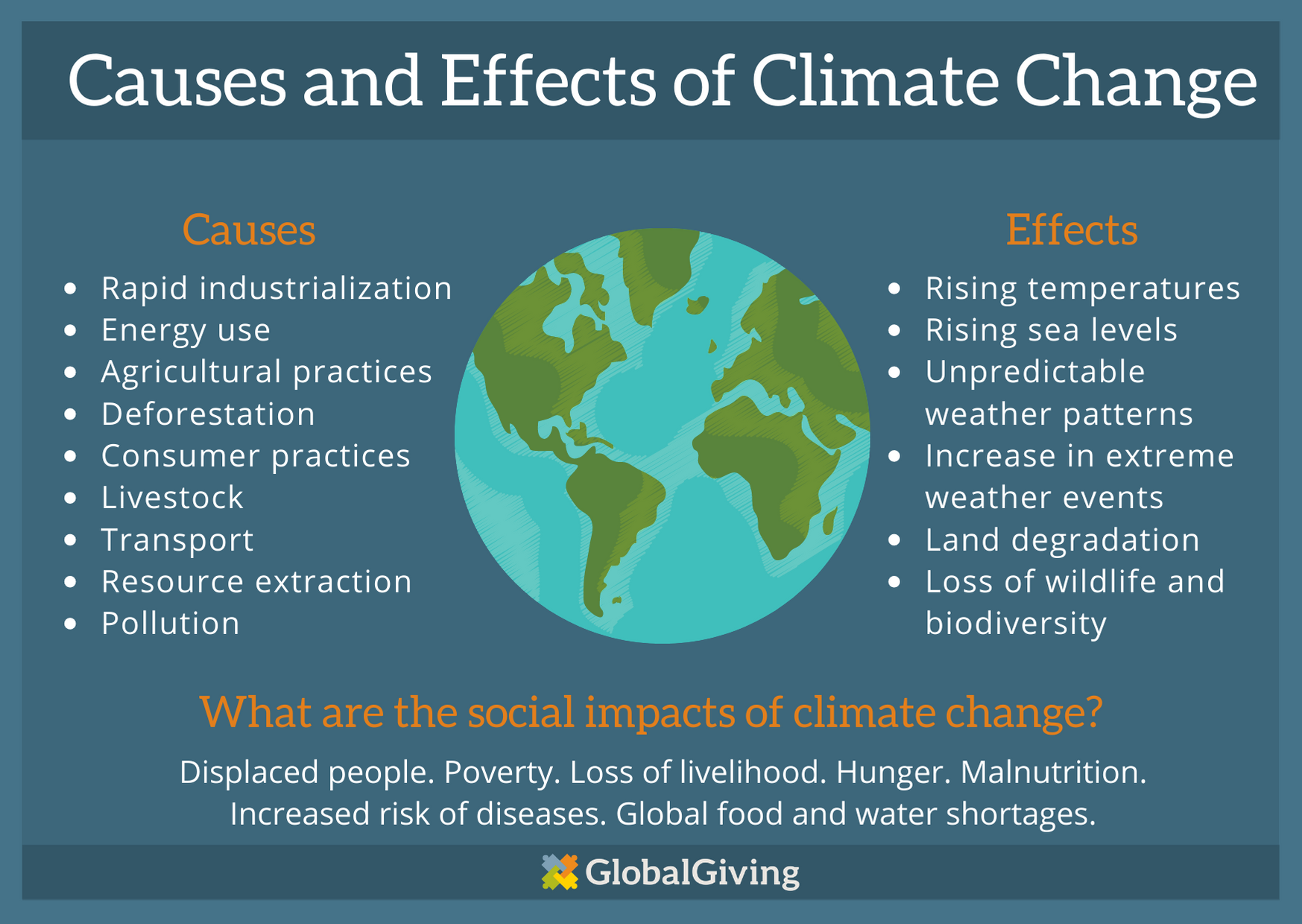Introduction
Climate change is not a distant threat; it is happening now, and its consequences are becoming increasingly apparent. Rising temperatures, erratic weather patterns, and extreme events like floods and droughts are putting immense pressure on our agricultural systems. Agriculture itself contributes significantly to global greenhouse gas emissions, primarily through the release of methane from livestock and nitrous oxide from synthetic fertilizers. It’s a vicious cycle: climate change threatens food security, and the way we produce food exacerbates climate change.
However, there is hope. Sustainable agriculture practices offer a way forward, where agriculture becomes part of the solution rather than the problem. These practices not only mitigate the effects of climate change but also enhance the resilience of our food systems. Let’s delve into some of these sustainable agriculture practices and understand how they can combat climate change.
- Regenerative Farming
Regenerative farming is a holistic approach to agriculture that focuses on restoring and revitalizing the health of the soil. Healthy soil is a crucial carbon sink, capable of sequestering large amounts of carbon dioxide from the atmosphere. Regenerative farming practices include minimal tillage, cover cropping, crop rotation, and the use of organic matter like compost and manure. These practices promote soil health and enhance its ability to absorb and retain water, reducing the risk of erosion and improving crop resilience to extreme weather.
By adopting regenerative farming techniques, farmers can sequester carbon in the soil, thereby mitigating greenhouse gas emissions. In addition, healthier soil leads to increased crop yields, reducing the pressure to convert forests and other natural ecosystems into farmland. This, in turn, helps preserve biodiversity and reduce deforestation, another significant driver of climate change.
- Precision Agriculture
Precision agriculture leverages technology to optimize farming practices, making them more efficient and environmentally friendly. It involves the use of sensors, GPS technology, drones, and data analytics to monitor and manage crops and livestock with precision. By providing real-time information about soil conditions, moisture levels, and crop health, precision agriculture allows farmers to make informed decisions and apply resources like water, fertilizer, and pesticides more efficiently.
One of the key benefits of precision agriculture is the reduction in resource wastage. Farmers can apply fertilizers and pesticides only where and when they are needed, reducing the environmental impact of these chemicals. Moreover, efficient water use reduces the strain on water resources, which are already under pressure due to climate change-induced droughts.
- Agroforestry
Agroforestry is a land management system that combines the cultivation of crops or livestock with the cultivation of trees or shrubs in the same area. This practice offers a range of environmental benefits, including carbon sequestration, biodiversity conservation, and improved soil fertility. The presence of trees in agroforestry systems enhances carbon storage both above and below ground, making it a valuable tool in the fight against climate change.
Additionally, agroforestry systems provide multiple sources of income for farmers, as they can harvest timber, fruits, nuts, and other products from the trees. This diversification of income can help make farming more resilient to economic and climate-related shocks. Agroforestry also plays a vital role in preserving biodiversity by providing habitat for various plant and animal species.
- Organic Farming
Organic farming practices promote sustainability by avoiding the use of synthetic pesticides and fertilizers, genetically modified organisms (GMOs), and antibiotics in livestock. Instead, organic farmers focus on natural methods of pest control, crop rotation, and the use of organic matter to enrich the soil. Organic farming not only reduces the chemical load on the environment but also promotes healthier ecosystems.
One of the key advantages of organic farming in the context of climate change is its reduced carbon footprint. Organic farms typically have lower greenhouse gas emissions per unit of production compared to conventional farms. By avoiding the use of synthetic fertilizers and promoting soil health, organic farming can sequester carbon in the soil and contribute to carbon dioxide removal from the atmosphere.
Conclusion
Sustainable agriculture practices offer a ray of hope in the battle against climate change. By adopting regenerative farming techniques, precision agriculture, agroforestry, and organic farming, we can reduce the environmental impact of agriculture while making our food systems more resilient to the challenges posed by a changing climate. It’s essential that governments, farmers, and consumers alike recognize the importance of these practices and work together to transition towards a more sustainable and climate-resilient agricultural sector. The future of our planet and food security depends on it.






